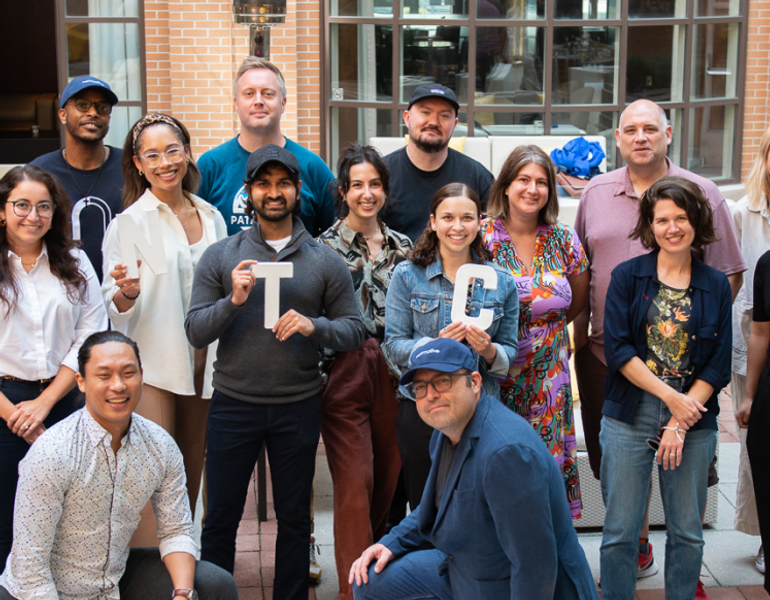Minimum Viable Product Examples
One of the biggest reasons new businesses fail is because they create their initial product around an assumption. The assumption being that it will solve the problem it’s meant to address better than what’s currently on the market. The best way to avoid this pitfall is to have a Minimum Viable Product.
What is a Minimum Viable Product?
A Minimum Viable Product (MVP) is a development technique whose concept was popularized by Eric Ries, the creator of the Lean Startup Methodology.
In layman’s terms, an MVP is a “bare-bones” version of your product or service that provides the core features, without any additional ones. It’s created and developed using only minimal effort and resources yet still provides a complete user experience to your target base.
By creating this minimalistic version of your new product, you can engage with early adopters, test your product’s viability with your target audience and receive first hand feedback to develop your final product. All without wasting too many resources on something that may not be successful.
Want to Learn More About How to Create a Product that Will Succeed with Your Customers? Read these Articles:
- Know Your Customer Before You Design for Them
- Three Ways to Gain a Deeper Understanding of Your Customer
Types of Minimum Viable Products
Minimum Viable Products come in all shapes and sizes, let’s take a look at a few of the more popular types of MVPs so that you know which one you would like to create to best suit your business model:
1. Prototype Software
While this type of MVP may be the most common, it’s also the most complex. Its development requires creating software with only the core components, yet still retains full functionality (albeit without any additional features) so that it can develop and please a steady user base.
2. Product Design
Whether you’re creating security software or a mobile app, the importance of using product design as an MVP cannot be overlooked. Many creators and innovators start with a simple sketch (either by hand or by tool) and then develop it from thereThe way that many pros create a sketch for their Minimum Viable Product in Silicon Valley, San Francisco, for example, is by using a wireframe. This allows the product developer to experiment with things like the user experience, navigation and hierarchy. Then once you have a mockup you’ll be able to see exactly how your product will function.
3. Demo Videos
While a demo video is more of a way to “show” rather than “use” a product, it has value nonetheless. Using a demo video you can showcase and explain your product to a prospective user base in order to see if yours is the kind of innovative solution that would do well on the market.
The Agile Minimum Viable Product
Two separate parts that compliment each other as a whole. Because the revolutionary Agile Methodology incorporates validation-related and iterative processes into its core tenets, developing software using a Minimum Viable Product in Agile can be a strong foundation for a product’s success. Something you may want to consider if software development is your claim to fame.
4. Landing Pages
Don’t feel like creating a full website with all the bells and whistles? A landing page is essentially a lite version of a website, usually designed to capture leads and generate conversions. But it can also be a great, inexpensive way to gauge interest in your new product or service.
5. Piecemeal MVP
To make a piecemeal MVP, you’ll want to collect various components from live tools that are already in use to display how your new product or service will work.
6. Concierge MVP
When using a concierge MVP, the goal is to attract people who might like to use a subscription service where they’re sent a selection of products, usually personalized.You begin by individually selecting products for each person, and if it’s successful you design a mobile app that analyzes responses from users and then automatically selects what products get sent to each person.
7. Wizard of Oz
No, we’re not talking about being whisked away to a magical land filled with witches and cowardly lions. If you’re wondering how to build a minimum viable product like this, a Wizard of Oz model is an MVP approach where you act as if your product is already launched (when really it’s still being developed). For many service-based ventures, this is the ideal MVP method.

Examples of Successful Minimum Viable Products
Whether they used strategic management templates like Business Model Canvas or not, every Minimum Viable Product that took off didn’t stay an MVP for long. Here are some examples of products or services that went on to be successful after first being tried out as a Minimum Viable Product:
1. Amazon
Yes, that Amazon. While many of you remember that this online mega-giant first started out as an online bookstore, what you may not know is that Mr. Bezos didn’t have his own inventory of books when he began.That’s right, every time he would get an order, the now multi-billionaire would purchase books himself from distributors and ship them to his customers afterwards.Once the orders on Amazon became large enough, he eventually added more products, established his own inventory and the warehouses that went along with it.
2. Foursquare
Can you imagine Foursquare only having one feature? Well, that’s how the local search-and-discovery mobile app first got its roots. But, once it had a strong user base, it was expanded to become a full city guide.
3. AirBnB
The founders of AirBnB started out using their own apartments to test out the viability of their peer-to-peer short-term rental business model. Once it became obvious that the travellers of the world were indeed willing to stay in regular people’s domiciles, the service just grew from there.
4. Facebook
When it first began, Facebook was your run-of-the-mill social media tool that friends could use to connect with one another (still pretty novel for the early 2000s). But, all the members were students of Harvard and the profiles were fairly basic. Once it became popular, Facebook began to add more and more complex features.
How to Develop a Minimum Viable Product
If you’re looking to launch your own product or service, there’s no need to go to Silicon Valley for your Minimum Viable Product. You don’t even need to spend hours reading a Minimum Viable Product book.At Normative, we’ve pulled back the curtain on how to create a successful startup and have delved into the source code of how to provide value to any kind of customer.
Talk to us today to see if your startup is ready to be launched.



